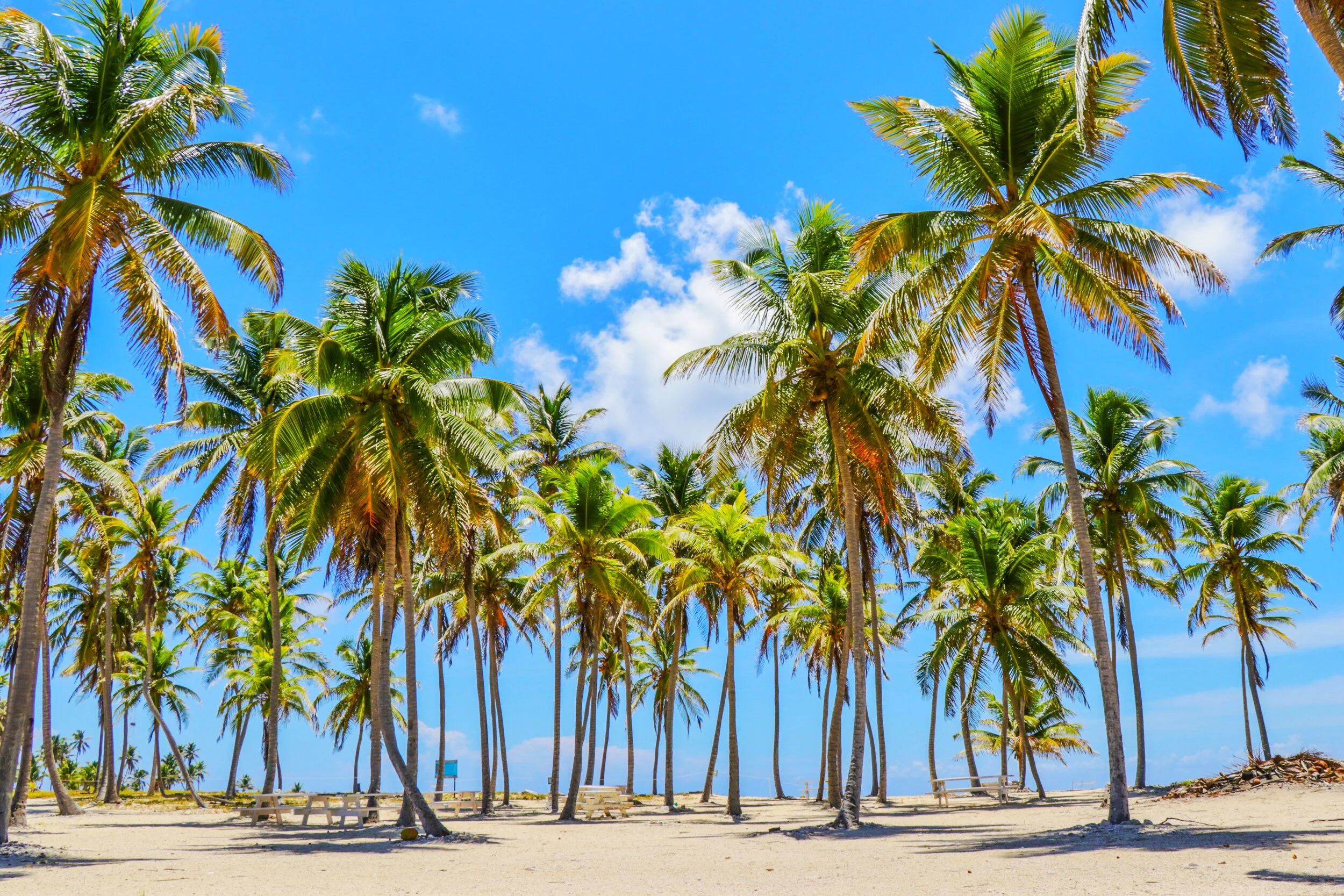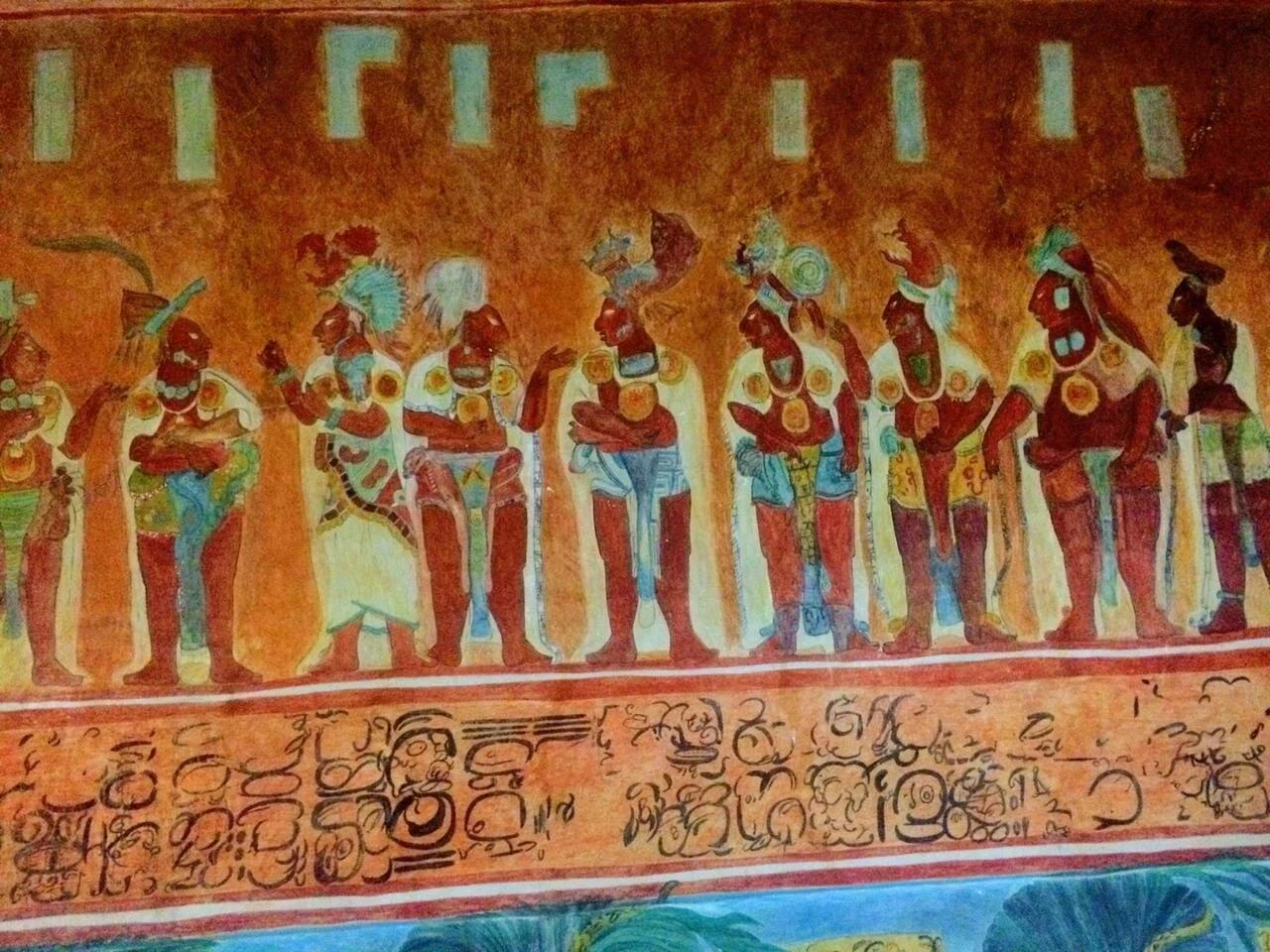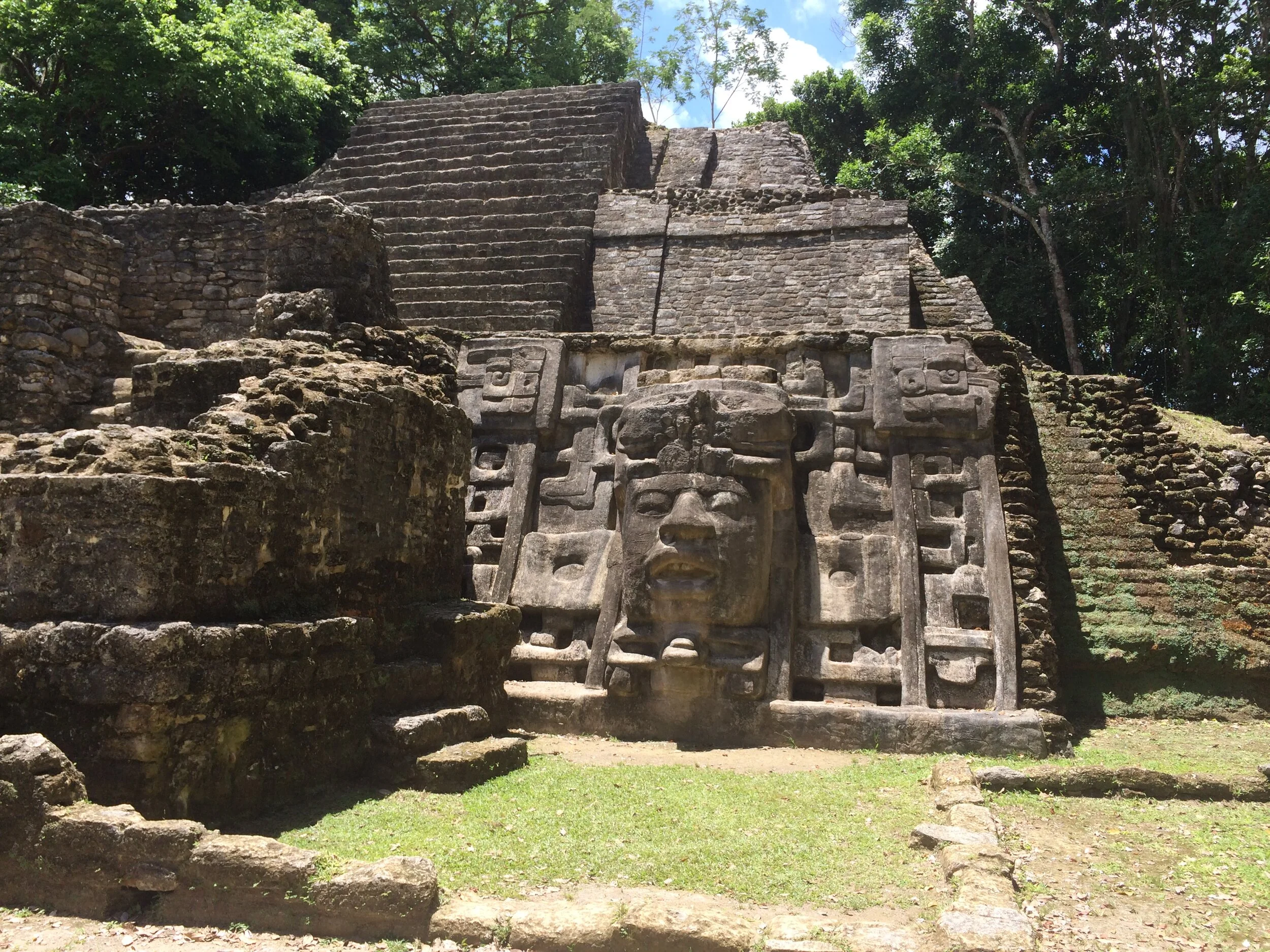Film can be an immersive and powerful tool for documenting and making sense of our culture, and in some cases represents a form of intangible cultural heritage in itself. Here are three Belizean culture and heritage-related films to watch on your next rainy day.
Read MoreCommunity museums are a great place to visit if you want to learn more about local culture. Many of these small spaces are grassroots initiatives that allow the community to explore local histories and to provide educational opportunities for the younger generations. Making it easier to find these amazing places, here is a local's guide to community museums in Northern Belize.
Read MoreThe role of mothers is pivotal in transmitting culture. Mothers contribute to cultural survival in many ways and play a crucial part in safeguarding our cultural memory. Here are just a few areas of culture which depend on mothers around the world for their continuation.
Read MoreEvery year on the 18th of April since 1982, we celebrate World Heritage Day, but what does it stand for? We celebrate the legacy and rich heritage of humanity given to us by our ancestors and acknowledge the organizations that safeguard it. However, it is about more than just sites and monuments.
Read MoreWith cultural spaces closed Belizeans are deprived of spaces and avenues for cultural expression and revenue. We were suddenly left in a vacuum where we could no longer engage in these forms of cultural and creative expressions. However, cultural and creative industries play an essential role in socio-economic recovery. Here are 6 reasons why!
Read MoreLearn more about the production and ceremonial significance of the Maya Blue color. Vibrant and resilient, the Maya blue pigment has been considered a source of wonder for scientists and historians alike since its initial discovery in 1931. The paint can retain its vibrant blue color across centuries- a feat that is uncommon for any color, especially those obtained from natural ingredients.
Read MoreWomen are a crucial part of social and economic development as well as cultural transmission. The most straightforward example would be looking at how mothers influence the transmission and continuation of languages ("mother tongue", we call it) or various traditional artisanal techniques. It is essential to develop sustainable livelihoods and business models that encourage traditional skills and support women. We created a short guide to start.
Read MoreMayaBags®️ handmade bags carry a profound story about Belizean Maya culture, its inherent creativity and the female Maya artisans who make the textiles that frame the bags. MayaBags is a successful social enterprise that works with Maya women from the Toledo District. This is their story!
Read MoreLearn about history and Archaeology at Nim Li Punit, Toledo! Tucked away in the richly diverse foothills of the Maya Mountains, Nim Li Punit is one of the smaller Maya sites open to visitors in southern Belize’s Toledo District. Despite its modest size, Nim Li Punit has been the subject of international attention in recent decades because of its remarkable collection of stelae. Spread across the site, these monumental stone sculptures were used to commemorate the lives of political leaders, historical battles and ceremonial activity during the site’s settlement in the Late Classic period (C.E. 600-900).
Read MoreLearn more about Indian Church Village history in Belize! Lamanai is ultimately famous for its long-standing importance in the region and the fact that there have always been people living on-site. Contemporary site history has a vital role in how we look at Lamanai and how we link it to our modern society's narratives.
Read MoreThere is a growing need for authentic and cultural tourism experiences. If you are a business and lost on where to start, here are some green tips for improving ethical experiences compiled by Ecomadic.
Read MoreSmall and local businesses play an important role in destinations all over the world. Community development and well-being, increased local character and prosperity, environmental sustainability, and healthy competition/product diversity are just some of the benefits that a concentration of local businesses can bring to local places.
Read MoreUNESCO (United Nations Educational, Scientific and Cultural Organization) through its Endangered Language Program, has declared the Garifuna language an endangered language in 2001. Our primary focus at the GAMAE Arts and Culture are children, youth, and young adults. Ultimately, we work to revive and safeguard the Garifuna language by teaching it to young children through the arts.
Read MoreGAMAE acts as the instrument that brings together and connects the Garifuna from Belize to create programs and projects on a national, international and global level. Our main goal is to help with the Garifuna crisis of poverty, diseases, unemployment, and language loss, just to name a few.
Read MoreYou can hear "Shop small and support local!" a lot this holiday season, but what does it really mean for sustainability? How can you actually shop small or support local? Here is a guide to doing just that.
Read MoreOmar Sierra is a Belizean artist, based in Placencia. He started painting at the age of 10 and continued with his passion in the past 21 years. His work primarily includes murals, wristlet and canvas paintings. Due to the abrupt halting of the tourism industry caused by COVID-19, Sierra began painting on face masks. The idea came from his wife, and after painting the first mask, custom orders started flowing in.
Read MoreGuides and other individuals working in tourism are the frontline hosts to heritage spaces and nature reserves with unparalleled knowledge of local histories and practices. An interview with Christian Darrell Ramirez, a young tour guide from a small village in Belize. Why does responsible tourism have an essential role in the conscious safeguarding of culture and nature?
Read MoreTop 3 things to do at the U Chan Muul Yaax K'aax Yucatec Maya Museum. The community museum in Belize's Orange Walk District is part of the Holpatín Trail experience by the Mundo Maya Organisation. The small community museum was founded a few years ago, involving families and collections from the village to promote traditional Maya culture.
Read More




















